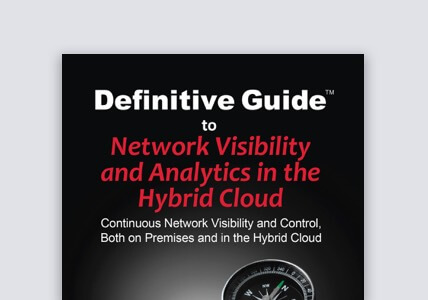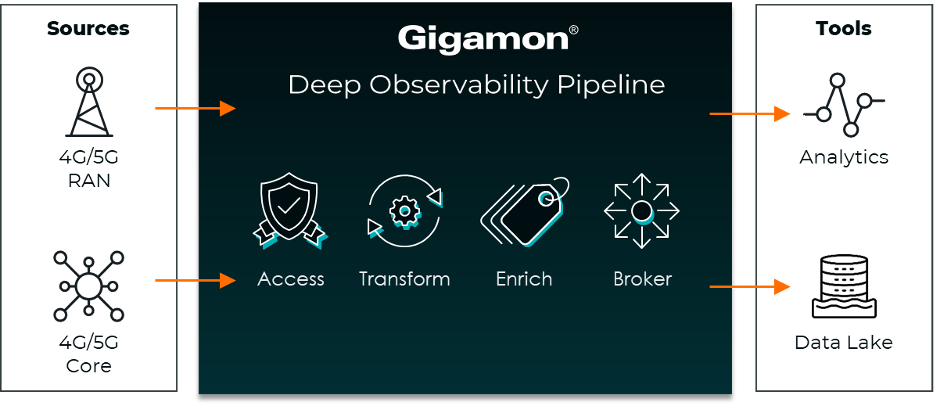A New Era in Mobile Network Visibility
One of the hardest problems to solve in network visibility is scale. Processing a single packet is easy. Processing 500 million of them every second is not. And nowhere is this more pronounced than for communication service provider networks. With mobile operators in particular, society’s insatiable appetite for on-the-go content has driven mobile networks to grow 300x over the past 12 years.1
The migration to 5G has brought into sharp focus the long-term challenge of monitoring high-volume, high-growth networks. Some operators have been successfully using Gigamon tech like subscriber-aware sampling to reduce volumes. Others stare at the daunting volumes of data predicted in five years, overwhelmed and seeking new ways to reduce the burden.
What if there was another way? Can we get some disruption here?
Pressure to Evolve; Insistence to Stay
What if these insane volumes of user data didn’t have to be monitored? That’s a very progressive thought — and precisely the type of question many operators have been considering. There are obvious cost and efficiency benefits to doing so, which generate immense internal pressures to evolve monitoring strategies.
There are also concerns about halting or redefining monitoring, including reduced granularity, fewer KPIs, and a risk of missing customer network issues. There are many, many stakeholders and users of monitoring data. But when this progressive question is asked, the biggest objections usually come not from the network teams, but from the analytics and marketing teams. They insist on keeping their data, and they scream loud enough to pause such transformation initiatives. Perhaps it makes sense as to why, as the data analytics teams get incredible value from network activity data, including knowing where the subscribers are, knowing what application(s) they’re using, knowing the device profiles, and knowing the cell towers to which they connect.
If there is to be a better way, it has to first ensure that data analytics can also progress.
Enriched Metadata for Mobile Networks
This is why Gigamon is introducing a new offering for mobile operators, GigaVUE® Enriched Metadata (GEM) for Mobile Networks, to address this need for analytics data without deeply processing every last network packet. This solution, built by the number one leader in deep observability, leverages Gigamon’s expertise in network-derived intelligence and applies it to mobile subscriber networks, including 4G and 5G.
Fundamentally, GEM for Mobile Networks converts subscribers’ data packet flows into metadata records, enriched with control plane information like subscriber, device, and cell identifiers. It generates a data feed much more compact than packets and in a format easily consumed by an analytics engine or data lake. This enables operators to achieve a sweet spot of network performance assurance and network data analytics, but without the burden of monitoring, say, 500 million packets per second.
There are several initial use cases for enriched metadata, including revenue generation, network improvement, customer experience, and personalization. You can read more about them here.
And we’re just getting started. To learn more:
- Read the Solution Overview
- Visit our Service Provider page
Featured Webinars
Hear from our experts on the latest trends and best practices to optimize your network visibility and analysis.

CONTINUE THE DISCUSSION
People are talking about this in the Gigamon Community’s Service Provider group.
Share your thoughts today
Citations
- “Ericsson Mobility Report.” Ericsson, November 2021. https://www.ericsson.com/4ad7e9/assets/local/reports-papers/mobility-report/documents/2021/ericsson-mobility-report-november-2021.pdf









